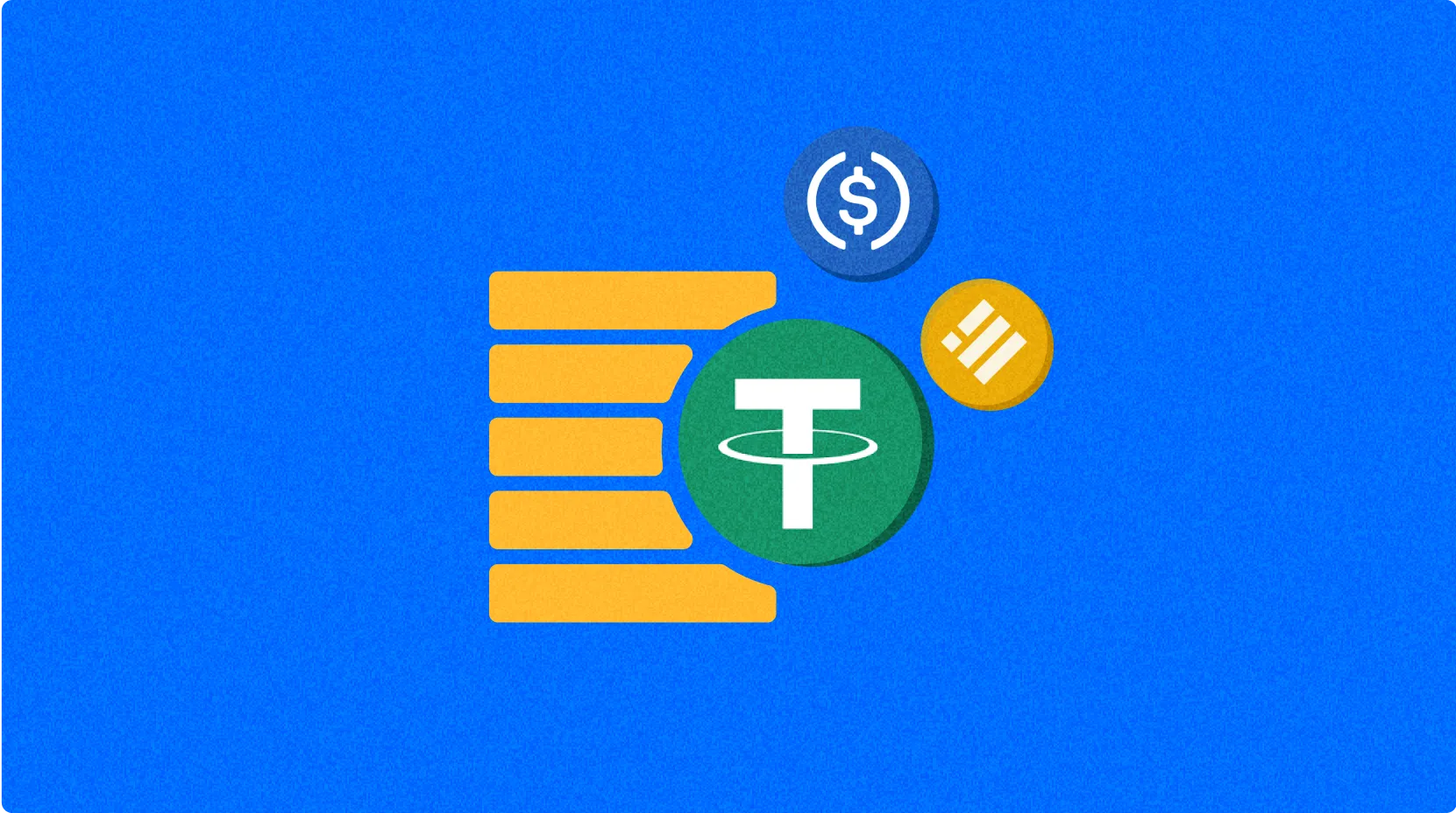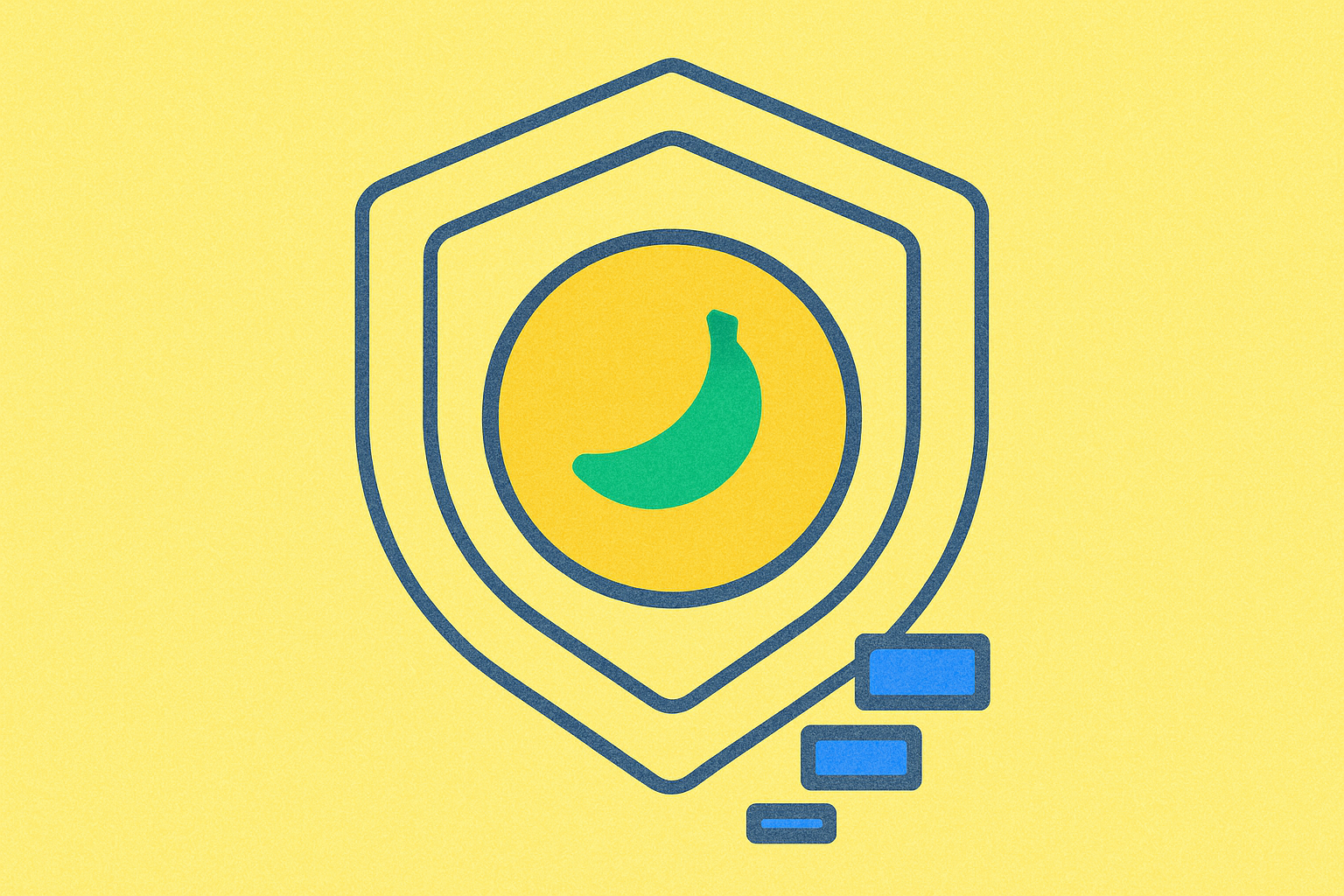SAKAI nedir: Popüler Öğrenim Yönetim Sistemi hakkında kapsamlı bir rehber


Sakai Vault’un Konumlandırılması ve Önemi
2023 yılında Sakai Vault (SAKAI), düşük maliyetli ve yüksek verimli merkeziyetsiz alım-satım ihtiyacını karşılamak için hayata geçirildi. Merkeziyetsiz spot ve perpetual borsa özelliğiyle Sakai Vault, özellikle alım-satım ve piyasa analizi alanlarında DeFi sektöründe önemli bir konumda yer almaktadır.
2025 itibarıyla Sakai Vault, merkeziyetsiz borsa ekosisteminde yükselen bir oyuncu olup 143.156 sahibi ve aktif bir geliştirme topluluğuna ulaşmıştır. Bu raporda teknik mimarisi, piyasa performansı ve gelecekteki potansiyeli ayrıntılı olarak incelenecektir.
Kökenler ve Gelişim Süreci
Oluşum Arka Planı
Sakai Vault, merkeziyetsiz borsalardaki yüksek işlem ücretleri ve fiyat etkisi sorunlarını çözmek üzere 2023’te geliştirildi. Merkeziyetsiz finans ilgi gördüğü bir dönemde ortaya çıkan Sakai Vault, düşük swap ücretleri ve sıfır fiyat etkili işlemler sunmayı hedefledi. Lansmanı, daha verimli merkeziyetsiz işlem seçenekleri arayan kripto yatırımcılarına ve trader’lara yeni fırsatlar sundu.
Başlıca Dönüm Noktaları
- 2023: Ana ağ lansmanı; düşük swap ücretleri ve sıfır fiyat etkili işlemlerin devreye alınması.
- 2024: 26 Ocak’ta $8,8 ile tüm zamanların en yüksek fiyatına ulaşıldı.
- 2025: Ekosistem genişlemesi; kapsamlı kripto analiz araçlarının entegrasyonu.
Geliştirme ekibi ve topluluğun desteğiyle Sakai Vault, merkeziyetsiz borsa alanında teknoloji, güvenlik ve gerçek dünya uygulamalarını sürekli optimize ediyor.
Sakai Vault Nasıl Çalışır?
Merkezi Yönetim Yok
Sakai Vault, dünyanın dört bir yanındaki bilgisayarlar (node) üzerinden merkeziyetsiz olarak çalışır ve geleneksel finansal kurumlara ya da hükümetlere bağlı değildir. Node’lar işlemleri doğrulamak için iş birliği yaparak hem sistem şeffaflığı hem saldırılara karşı direnç sağlar; kullanıcılar daha fazla kontrol sahibi olur ve ağın dayanıklılığı artar.
Blokzincir Temeli
Sakai Vault’un blokzinciri, tüm işlemlerin kaydedildiği halka açık ve değiştirilemez bir dijital defterdir. İşlemler bloklara gruplanır ve kriptografik hash’lerle birbirine bağlanarak güvenli bir zincir oluşturulur. Kayıtlar herkes tarafından görüntülenebilir ve aracıya ihtiyaç olmadan güven sağlanır. BNB Chain üzerinde inşa edilen merkeziyetsiz borsa olarak Sakai Vault, blokzincir teknolojisiyle şeffaflık ve güvenliği garanti altına alır.
Adil İşlemler
Sakai Vault, işlemleri doğrulamak ve çift harcamayı önlemek için BNB Chain’in konsensüs mekanizmasını kullanır. Katılımcılar, Proof of Staked Authority (PoSA) konsensüs modeliyle ağın güvenliğini korur; bu model, Proof of Stake ve yetki node’larının unsurlarını birleştirir. Düşük işlem maliyetleri ve hızlı işlem süreçleri yenilikçi özellikler arasındadır.
Güvenli İşlemler
Sakai Vault, işlemleri korumak için açık-özel anahtar kriptografisi kullanır:
- Özel anahtarlar (gizli şifreler gibi) işlemlerin imzalanmasında kullanılır
- Açık anahtarlar (hesap numarası gibi) sahipliğin doğrulanmasında kullanılır
Bu yapı, fon güvenliğini sağlarken işlemlerde takma isimli gizlilik düzeyini korur. Merkeziyetsiz borsa olarak Sakai Vault, akıllı sözleşme denetimleri ve merkeziyetsiz fon saklama gibi ek güvenlik önlemleriyle kullanıcı korumasını artırır.
SAKAI Piyasa Performansı
Dolaşımdaki Arz Özeti
02 Kasım 2025 tarihi itibarıyla SAKAI’nin dolaşımda olan miktarı 3.593.687,16 token, toplam arzı ise 8.000.000 token’dır.
Fiyat Hareketleri
SAKAI, 26 Ocak 2024’te $8,8 ile zirve fiyatına ulaştı. En düşük seviyesi $0,02805 olup, 27 Eylül 2025’te kaydedildi. Bu dalgalanmalar piyasa algısını, benimseme eğilimlerini ve dış etkenleri yansıtır.

Zincir Üzeri Metrikler
- Günlük İşlem Hacmi: $9.771,22 (ağdaki hareketliliği gösterir)
- Aktif Adresler: 143.156 (kullanıcı katılımını yansıtır)
SAKAI Ekosistem Uygulamaları ve Ortaklıkları
Temel Kullanım Alanları
SAKAI ekosistemi birden fazla uygulamayı destekler:
- DeFi: Sakai Vault, merkeziyetsiz spot ve perpetual alım-satım sağlar.
- Piyasa Analizi: Kripto temelleri ve piyasa eğilimleri üzerine kapsamlı araştırmalar.
Stratejik Ortaklıklar
SAKAI, teknolojik kapasitesini ve piyasadaki etkisini artırmak için çeşitli iş birlikleri kurmuştur. Bu ortaklıklar, ekosistemin büyümesi için sağlam bir zemin sağlar.
Tartışmalar ve Zorluklar
SAKAI’nin karşılaştığı başlıca zorluklar şunlardır:
- Teknik Sorunlar: Ölçeklenebilirlik engelleri veya işlem gecikmeleri yaşanabilir.
- Regülasyon Riskleri: Merkeziyetsiz borsalar için belirsiz düzenleyici ortam.
- Rekabet Baskısı: Diğer merkeziyetsiz alım-satım platformlarından artan rekabet.
Bu konular topluluk ve piyasa içinde tartışmalara yol açarak, SAKAI’nin sürekli inovasyonunu teşvik etmektedir.
SAKAI Topluluğu ve Sosyal Medya Atmosferi
Topluluk Coşkusu
SAKAI topluluğu oldukça aktif; 02 Kasım 2025’te 143.156 sahibi bulunmaktadır.
X platformunda ilgili paylaşımlar ve #SAKAI etiketi sıkça gündeme geliyor.
Fiyat hareketleri ve yeni özellik duyuruları toplulukta büyük ilgi uyandırıyor.
Sosyal Medya Duyarlılığı
X platformundaki duyarlılık ikiye ayrılmış durumda:
- Destekçiler, SAKAI’nin düşük swap ücretleri ve sıfır fiyat etkili işlemlerini överek onu “merkeziyetsiz alım-satımın geleceği” olarak tanımlıyor.
- Eleştirmenler ise fiyat oynaklığı ve olası regülasyon risklerine odaklanıyor.
Son dönemdeki fiyat düşüşü nedeniyle karışık ve dalgalı bir duyarlılık hakim.
Gündemdeki Başlıca Konular
X kullanıcıları SAKAI’nin regülasyon belirsizliği, piyasa analiz özellikleri ve işlem kapasitesi üzerine aktif tartışmalar yürütüyor; bu da hem dönüştürücü potansiyelini hem de yaygın benimseme önündeki engelleri ortaya koyuyor.
SAKAI Hakkında Daha Fazla Bilgi Kaynağı
- Resmi Web Sitesi: Özellikler, kullanım alanları ve en güncel gelişmeler için SAKAI’nin resmi web sitesini ziyaret edin.
- Whitepaper: SAKAI whitepaper’ı teknik mimari, hedefler ve vizyon hakkında detaylar sunar.
- X Güncellemeleri: X platformunda SAKAI, @SakaiVault hesabıyla teknik güncellemeler, topluluk etkinlikleri ve piyasa analizleriyle ilgili aktif paylaşımlar yapıyor.
SAKAI Gelecek Yol Haritası
- Ekosistem Hedefi: Merkeziyetsiz spot ve perpetual alım-satım platformunu büyütmek
- Uzun Vadeli Vizyon: Entegre piyasa analiz araçlarına sahip lider merkeziyetsiz borsa olmak
SAKAI’ye Nasıl Katkı Sağlanır?
- Satın Alma Kanalları: SAKAI’yi Gate.com üzerinden satın alın
- Depolama Çözümleri: BNB Chain ile uyumlu güvenli cüzdanları kullanın
- Yönetişime Katılım: Topluluk güncellemeleri ve tartışmalar için Telegram kanalına katılın
- Ekosistemi Geliştirme: SAKAI GitHub üzerinden projeye katkı sağlayın
Özet
SAKAI, blokzincir teknolojisiyle merkeziyetsiz alım-satımı yeniden tanımlayarak düşük ücretler, sıfır fiyat etkili işlemler ve entegre piyasa analizi avantajı sunuyor. Aktif topluluğu, geniş kaynakları ve yenilikçi yaklaşımıyla kripto para sektöründe öne çıkıyor. Düzenleyici zorluklar ve piyasa volatilitesi söz konusu olsa da, SAKAI’nin inovatif bakış açısı ve belirgin yol haritası, onu merkeziyetsiz finansın geleceğinde önemli bir oyuncu haline getiriyor. İster yeni başlayan ister deneyimli bir yatırımcı olun, SAKAI mutlaka takip edilmesi ve projeye katılım sağlanması gereken bir platformdur.
Sıkça Sorulan Sorular
Sakai ne için kullanılır?
Sakai, çevrim içi, hibrit ve yüz yüze derslerde farklı eğitim yöntemlerini destekleyen bir öğrenim yönetim sistemi olarak kullanılır.
Malezya’da Sakai ne anlama gelir?
Sakai, Malezya’nın kırsal bölgelerinden gelen ve genellikle şehir yaşamını tanımayan kişileri ifade eder. Sabah (Doğu Malezya) bölgesinde tanımlayıcı bir terim olarak kullanılır ve aşağılayıcı bir anlam taşımaz.
Sakai ne demektir?
Sakai, Japonca’da ‘sınır’ veya ‘hudut’ anlamına gelir; genellikle bir vilayet sınırına yakın konumlar için kullanılır.
Sakai’yi kimler kullanır?
Sakai, çoğunlukla eğitim kurumları ve 1.000 ila 5.000 çalışanı olan kuruluşlar tarafından iş birliğiyle öğrenim ve öğretim amaçlı kullanılır.

BLUE nedir: Doğal Dil İşlemeyi Değiştiren Yenilikçi Teknoloji

BLUE nedir: Okyanus keşiflerinde devrim yaratan yenilikçi teknoloji

Bir Kripto Projesinin Temelleri Nasıl Analiz Edilir: Göz Önünde Bulundurulması Gereken 5 Temel Faktör

xStocks: 2025'te Hisse Senedi Ticareti için Merkeziyetsizlik Geleceği

Hashflow'a Derinlemesine Bakış: Beyaz Kağıt Mantığı, Teknik Yenilikler ve VC Destekleri

Kripto para alım satımında Banana Gun'u anlamak: Snipe işlemleri için bir strateji

Solana (SOL) temelleri: whitepaper’ın mantığı, kullanım alanları, teknik yenilikler ve yol haritasındaki ilerleme nasıl analiz edilir?

Titan Coin için Güvenli Cüzdan: Titan Holo Tokenlerini Satın Alıp Alım Satımını Gerçekleştirin

BNB işlemlerinde teknik göstergelerde ustalaşmak: MACD, RSI ve Bollinger Bands analizi

Kripto Para İşlem Hacmini ve Temel Göstergeleri Anlamak







